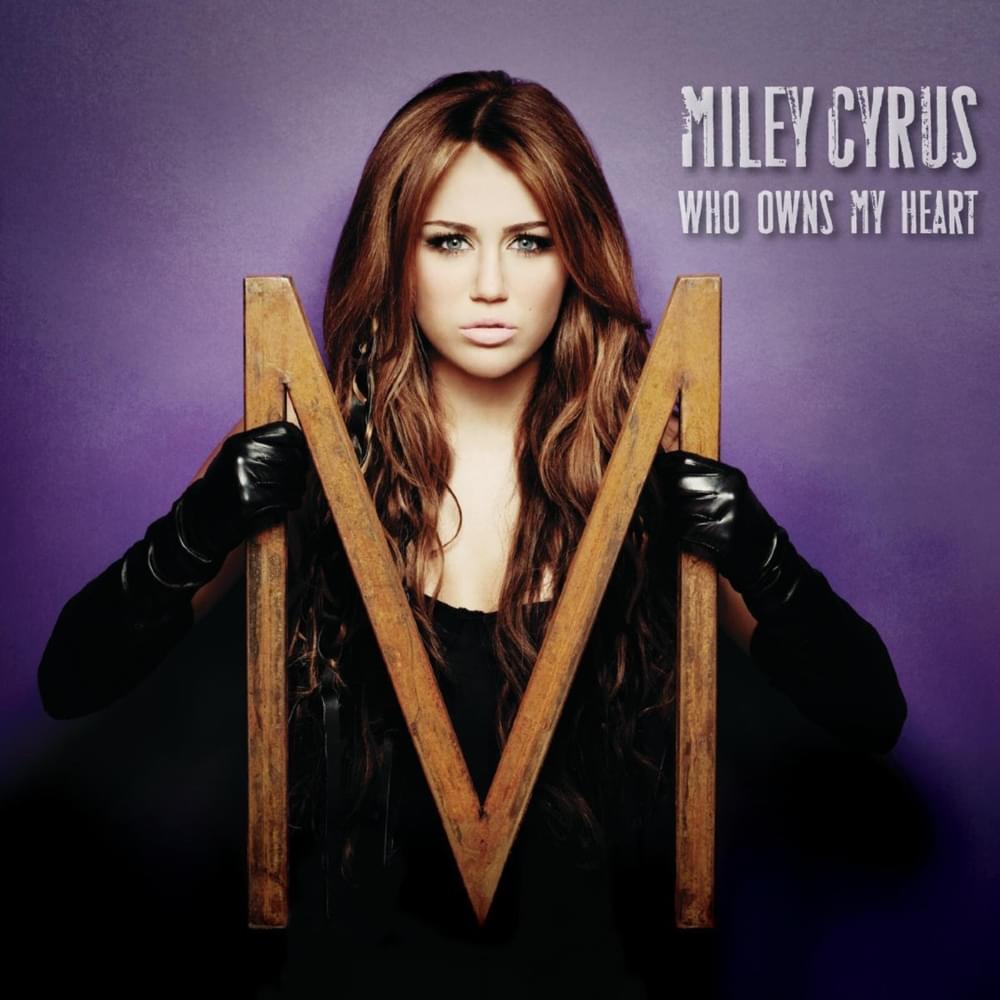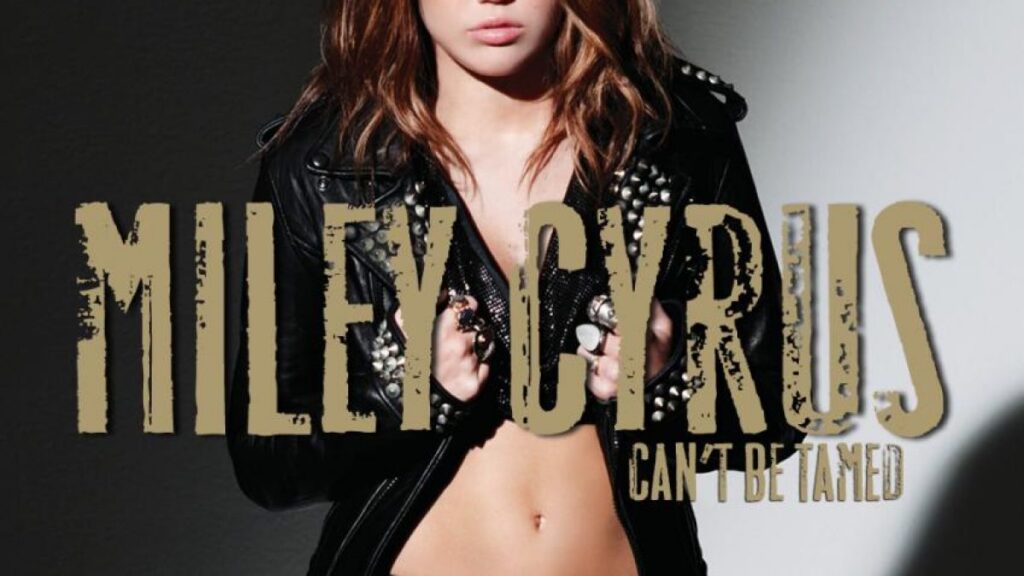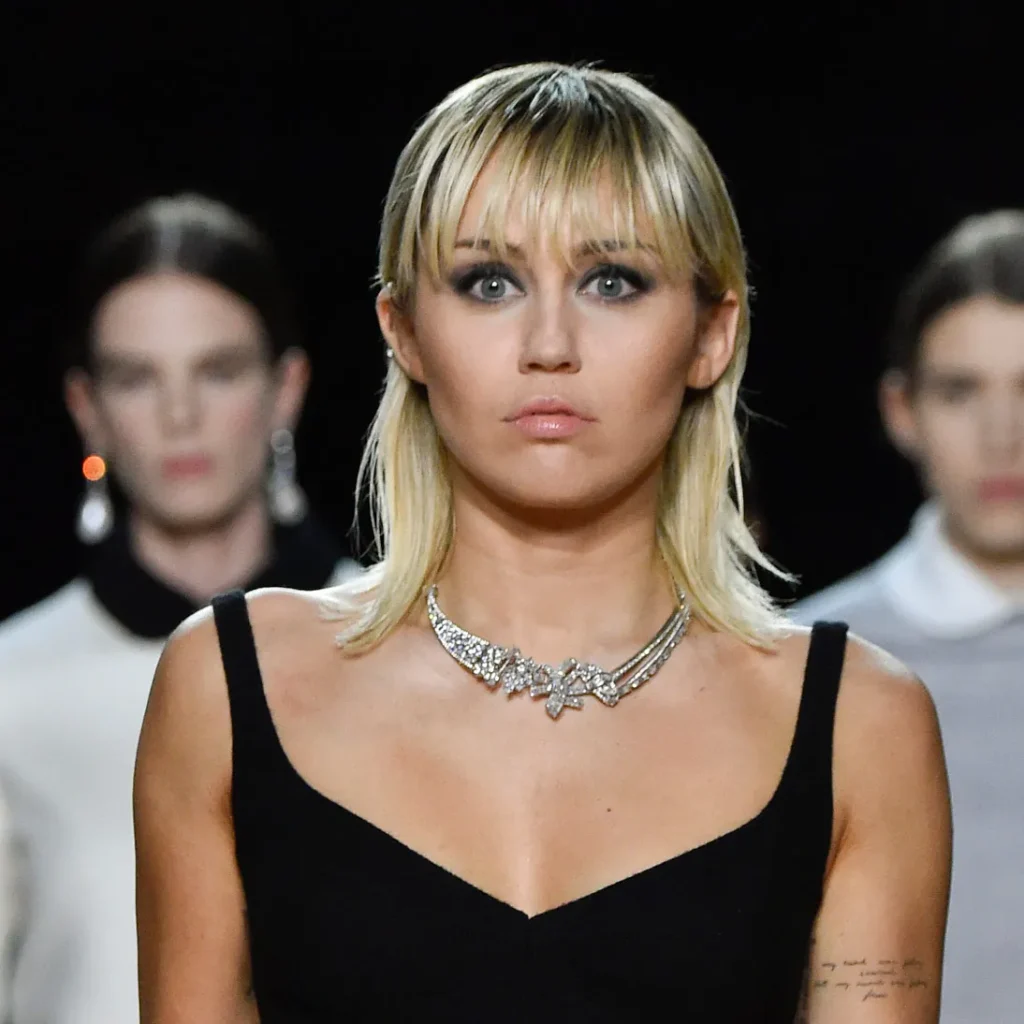Table of Contents
- Introduction: A Pop Princess Breaks Free
- From Hannah Montana to Breakout Star: The Road to “Can’t Be Tamed”
- A Song of Rebellion: Themes and Musical Influences
- Controversy and Transformation: The “Can’t Be Tamed” Era
- A Lasting Legacy: The Song’s Impact on Miley Cyrus and Pop Culture
- Conclusion: The Untamed Spirit of “Can’t Be Tamed” Lives On

Introduction: A Pop Princess Breaks Free
In the summer of 2010, a pop culture earthquake struck. Miley Cyrus, the beloved star of Disney’s “Hannah Montana,” released her single “Can’t Be Tamed.” The song, with its pulsating dance beats and rebellious lyrics, marked a seismic shift in her career. It was a bold declaration of independence, a shedding of the squeaky-clean teen idol persona that had propelled her to superstardom. Fourteen years later, “Can’t Be Tamed” remains a significant milestone in Miley Cyrus’ artistic evolution and a captivating snapshot of a pop icon in the throes of transformation.
From Hannah Montana to Breakout Star: The Road to “Can’t Be Tamed
Miley Cyrus’ rise to fame was meteoric. Landing the lead role in “Hannah Montana” at the tender age of 11, she catapulted into the spotlight. The series, with its relatable storyline and catchy music, made her a household name. However, as she transitioned into her teenage years, a growing tension emerged between Miley Cyrus, the person, and Hannah Montana, the character. Miley yearned for artistic freedom and a chance to express her authentic self. “Can’t Be Tamed” became the anthem for this desire, a sonic and lyrical rejection of the limitations imposed by the Disney mold.

A Song of Rebellion: Themes and Musical Influences
“Can’t Be Tamed” pulsates with an infectious electro-pop energy. The driving beat, layered with pulsating synths and rhythmic percussion, creates an atmosphere of dancefloor rebellion. Lyrically, the song is a fierce declaration of independence. Lines like “I’m a ticking time bomb, I’m a wild animal” and “Can’t you see that I’m no angel?” paint a picture of a young woman yearning to break free from societal expectations. The song’s influences were clear, drawing inspiration from artists like Rihanna and Lady Gaga, who were pushing the boundaries of pop music at the time.
Controversy and Transformation: The “Can’t Be Tamed” Era
The release of “Can’t Be Tamed” was met with a whirlwind of controversy. The music video, featuring a scantily clad Miley writhing around in a cage, fueled criticism from parents and conservative media outlets who felt she was exploiting a more mature image. However, the song resonated with a generation of teenagers who saw in Miley a relatable figure embracing her individuality. The “Can’t Be Tamed” era became a period of public scrutiny and personal transformation for Miley. She experimented with her image, pushing boundaries with her fashion choices and public behavior. This era, while turbulent, laid the groundwork for Miley’s later artistic exploration and solidified her reputation as a fearless and outspoken artist.

A Lasting Legacy: The Song’s Impact on Miley Cyrus and Pop Culture
“Can’t Be Tamed” has left a lasting legacy, both in Miley Cyrus’ career and within pop culture. The song served as a turning point, marking her transition from a Disney-manufactured pop star to a self-assured artist. It paved the way for her experimentation with diverse genres and bolder artistic expression. Beyond its impact on Miley’s career, “Can’t Be Tamed” resonated with a generation of young women. It became an anthem for embracing individuality, defying expectations, and owning one’s identity. The song’s influence can be seen in the work of countless pop stars who followed, who embraced a more liberated and unfiltered image.
Conclusion: The Untamed Spirit of “Can’t Be Tamed” Lives On
Fourteen years after its release, “Can’t Be Tamed” remains a potent reminder of Miley Cyrus’ artistic audacity and her unwavering commitment to self-expression. The song’s infectious beat, rebellious lyrics, and the cultural conversation it sparked continue to resonate. While Miley Cyrus has evolved significantly as an artist, the spirit of “Can’t Be Tamed” lives on. It serves as a testament to her artistic growth and a reminder of the transformative power of music to challenge expectations and empower a generation.